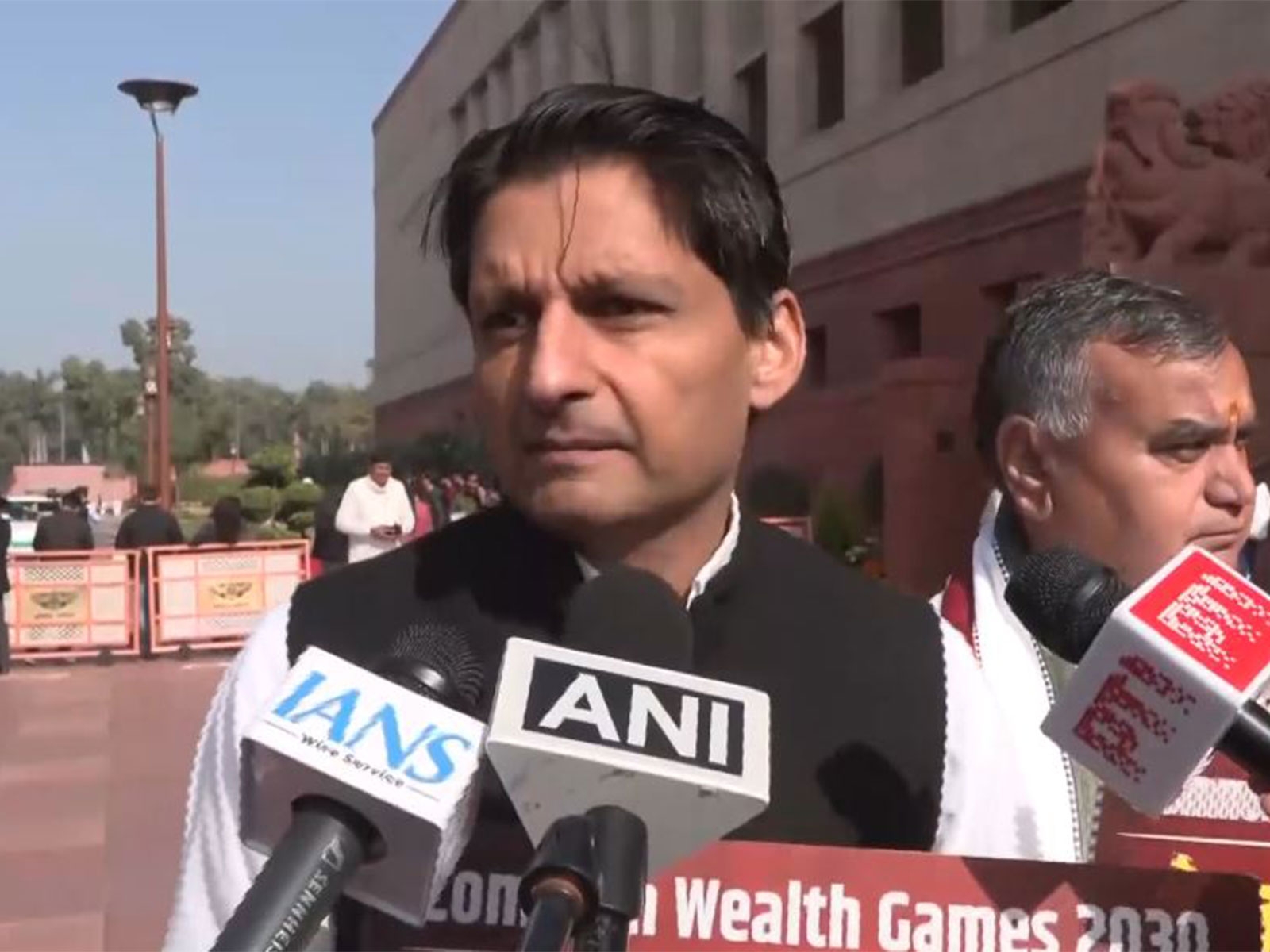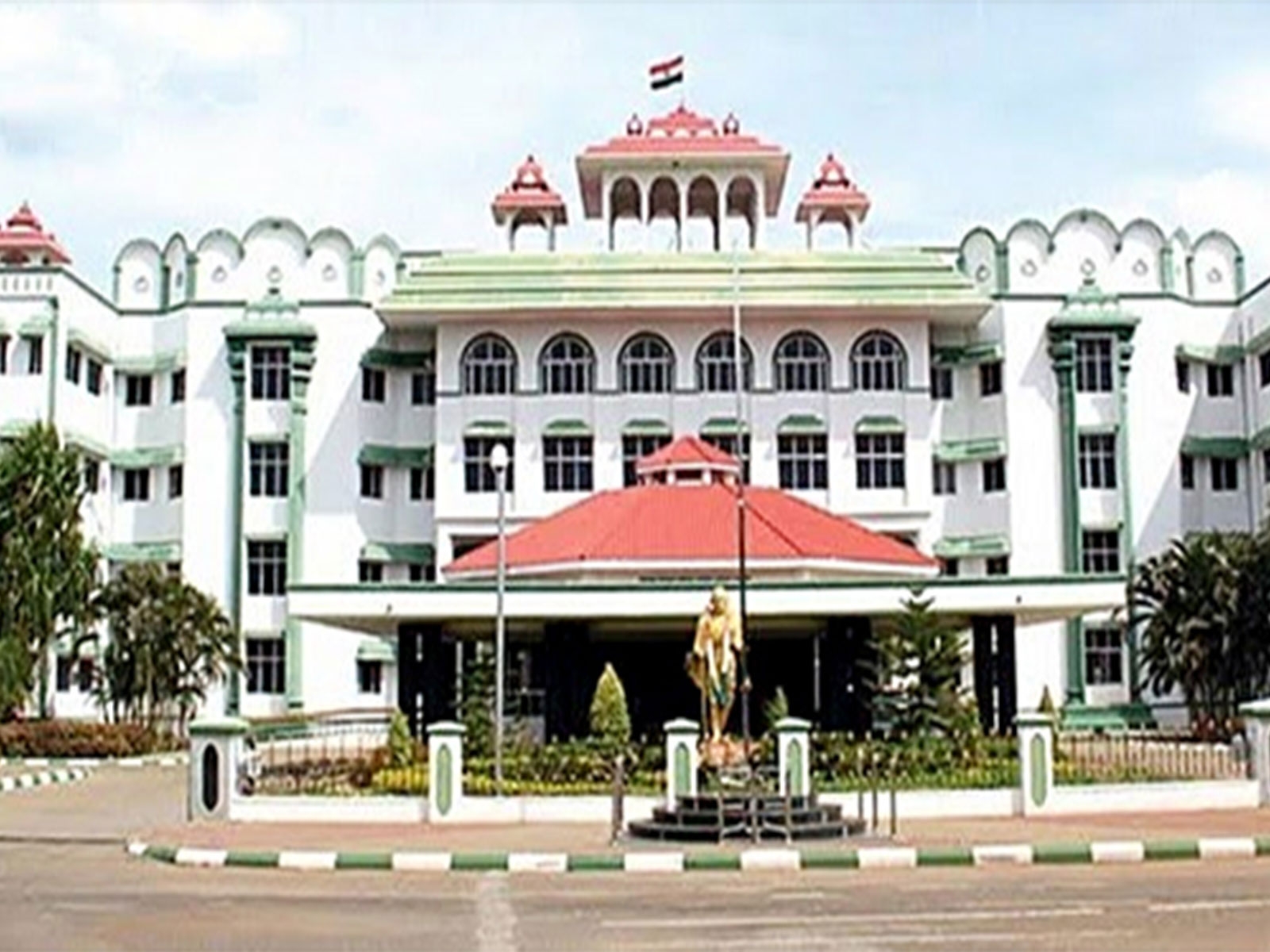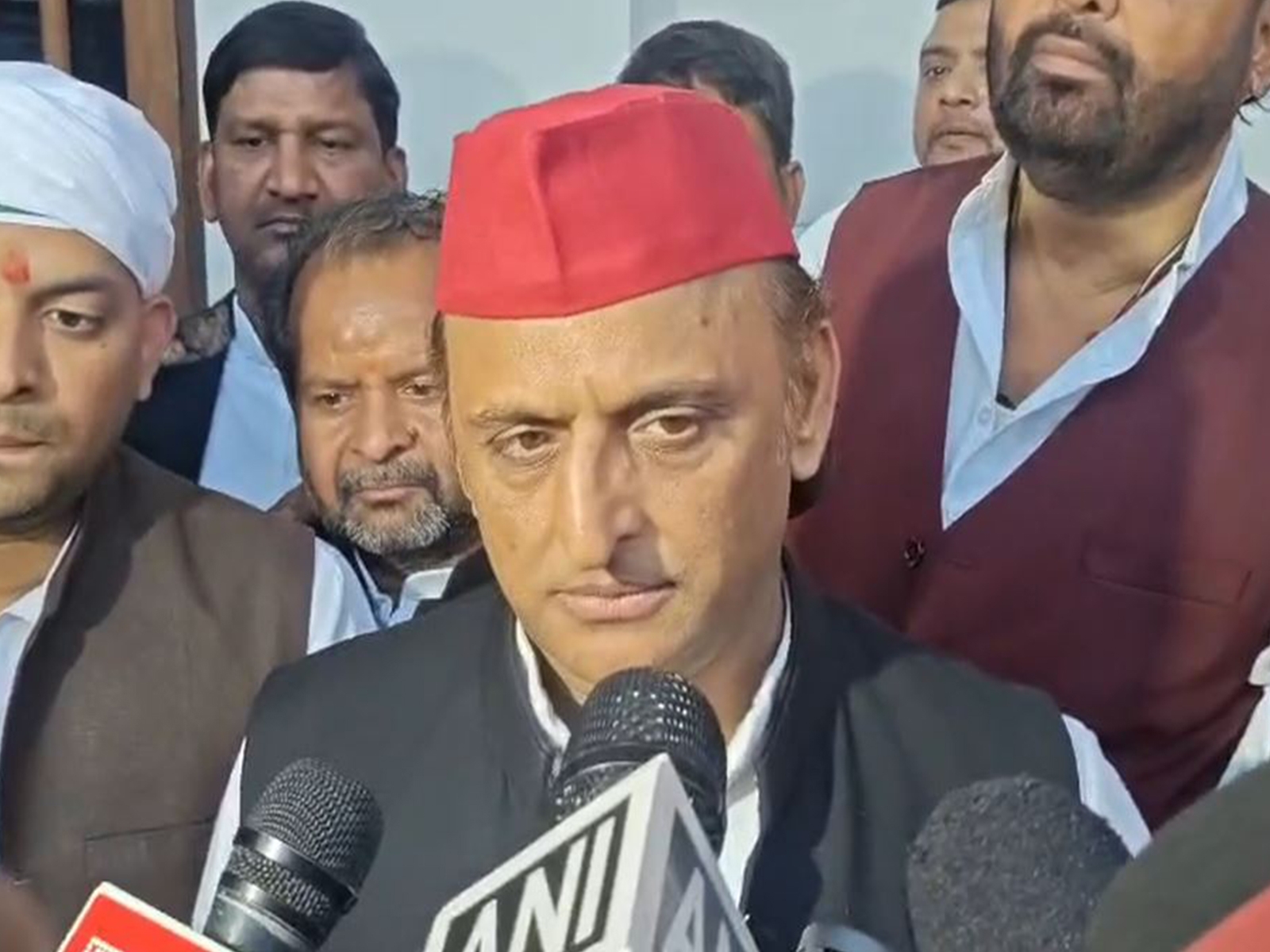Here's why the Paris Agreement isn't going to reverse Earth's fate

The Paris Agreement on climate change is all but sealed. India ratified the global deal on 2 October. The European Union also ratified it on 4 October, taking the total emissions covered by the deal to more than 55% of the world total. This ticks the box for the Agreement to come into force. The deal will be effective a month from now.
When the Agreement text was first concluded at the COP21 climate summit at Paris, loud cheers and teary eyes gave the impression that humanity had already saved itself, forgiven itself for raising average temperatures above 1 degree Celsius at a pace not seen in thousands of years. We need to ideally keep this limited to 1.5 degrees Celsius, and at most to 2 degrees Celsius, which is also what the Agreement stated in its goal.
Can we? Another emotional reception is to be expected when the Paris deal actually comes into force next month, and when the COP22 conference being held in Morocco in November begins to flesh out the details of how the deal would be implemented. Should we sit back and tell ourselves that we are saved?
We aren't.
A recent report by climate scientists explains why not.
Also read - US welcomes India's move to ratify key Paris Climate Change agreement
Today, carbon emission are around 54 Gigatonnes CO2 equivalent. To avoid the 2 C scenario, we need to reduce our GHG emissions by 22% by 2030. But since without the Paris Agreement, emissions will grow to 65 Gt, with the Agreement, we will continue to remain in the 52-57 Gt range. So although we'd be better off than without the Agreement, we would still be way off from where we actually want to be.
The report, strikingly titled 'The Truth About Climate Change', is authored by seven scientists led by Sir Robert Watson, a former chairperson of the Intergovernmental Panel for Climate Change (IPCC), whose reports gave us the numbers above.
Sir Robert and his team thus argue that even if the Paris Agreement is fully implemented, we would still be about 33% above the required carbon levels to keep temperatures below 2C. As a result, they say, the temperature rise could hit as soon as 2050, just 34 years from now.
No power in renewable
The implementation of the Paris Agreement hinges on changing the way energy is generated, from fossil to non-fossil sources like solar and wind. India has pledged to have over 100 GW power from solar energy by 2022. But these are only installed capacities. Actual power generation would inevitably be lower - partly because these sources of energy are inherently inconsistent (depending on non-cloudy bright days, or windy days) and because we don't have a reasonable way to combine them with batteries to give an unhindered flow of energy.
As a result, the "utilisation" of renewables has been just about 5% of their capacities.
If this wasn't enough, even if capacities reached 100%, it isn't the best case scenario.
Also read - A Trump presidency would spell disaster for the Paris climate agreement
Thanks to the loosely worded Paris Agreement, these pledges aren't compulsory, and each country can choose to reduce its targets without even giving a good reason. Many pledges by developing countries are conditional to developed countries giving them money and cheap technology. This includes India, which has committed to reducing GHG emissions per GDP by 35% - if the world can give it $2.5 trillion. So far the $100 billion Green Climate Fund has just a fraction of its intended corpus, and yet 83% of the Paris Agreement pledges are conditional to this Fund.
Net zero emissions
This is perhaps why there's a lot of hope pinned on so-called 'net zero' emissions. This means that while the economy continues running by releasing a lot of greenhouse gases, but there's a way to keep them away from the atmosphere, such as by storing it underground or in minerals.
So far, this has only remained in pilot cases. The most successful activity captures and stores 1 million tonnes of CO2, by a company called Biorecro. This is still a fraction of what we really need. At a recent conference at Oxford University on the feasibility of reaching 1.5 C, the firm's chief too said that there were questions of how this could be scaled up, and who will pay for it.
Highly acclaimed, big words from leaders
And yet, over and over again we are told that the Paris Agreement will literally save the world.
UN Secretary General Ban Ki-moon called it a "moment in history" and a "covenant for the future".
Using words like "landmark", and "historic", the world has been led to believe that it could now rely on its governments to save them from a changing climate.
As the Oxford conference emphasised, the solution to global warming lies equally on the 'consumption' side as the 'production' side. This means that it isn't just our energy sources and carbon capture that's important, but also the demand. So far, nobody has a real solution. India has talked about sustainable consumption, but this is usually followed by references to Yoga. The Paris Agreement covers just one half of solution, and that too with many escape clauses. Let's not get our spirits too high.
Edited by Aleesha Matharu
More in Catch - Looming catastrophe: climate change to claim 1.3 lakh lives in India in 2050
Earth day: The 10 nations most affected by climate change
First published: 4 October 2016, 8:08 IST






![BJP's Kapil Mishra recreates Shankar Mahadevan’s ‘Breathless’ song to highlight Delhi pollution [WATCH] BJP's Kapil Mishra recreates Shankar Mahadevan’s ‘Breathless’ song to highlight Delhi pollution [WATCH]](https://images.catchnews.com/upload/2022/11/03/kapil-mishra_240884_300x172.png)

![Anupam Kher shares pictures of his toned body on 67th birthday [MUST SEE] Anupam Kher shares pictures of his toned body on 67th birthday [MUST SEE]](https://images.catchnews.com/upload/2022/03/07/Anupam_kher_231145_300x172.jpg)






